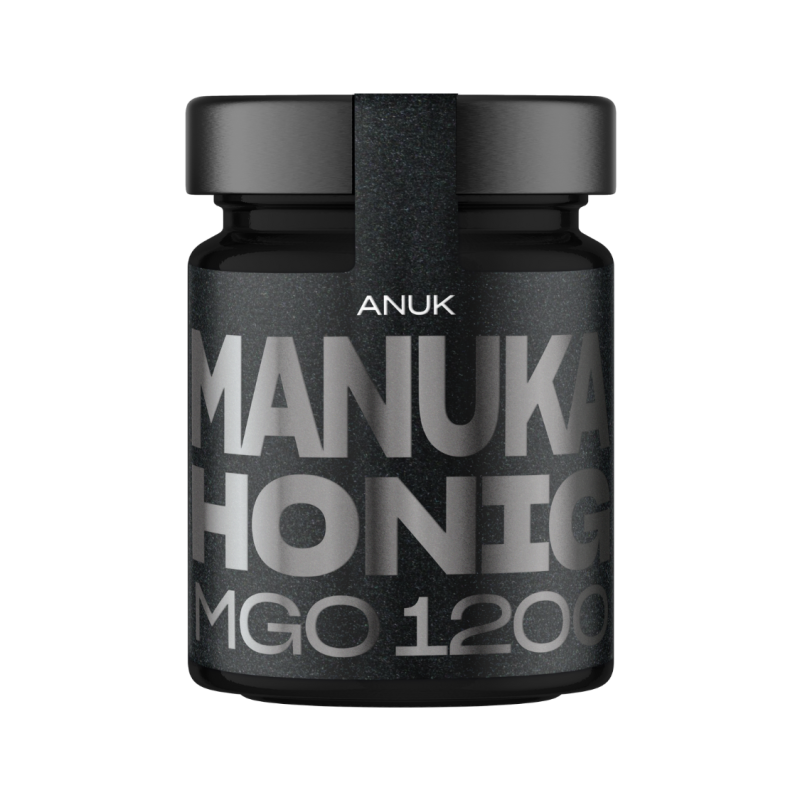The secret of Manuka honey: What is Methylglyoxal?
Manuka honey is known worldwide for its unique health-promoting properties. A key element that distinguishes Manuka honey from other honeys is methylglyoxal (MGO). But what exactly is methylglyoxal and why is it so important for the quality of Manuka honey? In this post, we will answer these questions and explore the fascinating world of Methylglyoxal and Manuka Honey.
What is Methylglyoxal?
Methylglyoxal is an organic compound found in many foods and in the human body. It is known for its antibacterial properties and plays a crucial role in determining the quality and effectiveness of Manuka Honey.
Methylglyoxal in Manuka Honey
Manuka honey comes from the flowers of the Manuka shrub (Leptospermum scoparium), native to New Zealand. While all honeys contain traces of methylglyoxal, only Manuka honey has a particularly high concentration of this compound. This is due to a unique conversion of dihydroxyacetone (DHA), a compound found in high concentration in the nectar of Manuka flowers, to methylglyoxal.
The importance of Methylglyoxal
The high concentration of methylglyoxal in Manuka Honey contributes to its strong antibacterial properties. Studies have shown that methylglyoxal is effective against a range of bacteria, including some that are resistant to conventional antibiotics. This makes Manuka honey a valuable natural remedy in modern medicine.
MGO as a quality indicator
Methylglyoxal concentration in Manuka honey is often used as an indicator of its quality. Honey with a higher MGO concentration has stronger antibacterial properties and is considered to be of higher quality.
Methylglyoxal is a key element that gives Manuka Honey its unique health-promoting properties. By understanding the role of methylglyoxal, we can better appreciate the quality and benefits of Manuka honey At ANUK Honey, we are proud to offer high quality Manuka Honey with high MGO concentrations to bring you the best benefits of this wonderful natural resource.
Manuka
Rarity
Unique and so rare presents this miraculous honey with a concentration of methylglyoxal over 1200 milligrams per kilogram.


